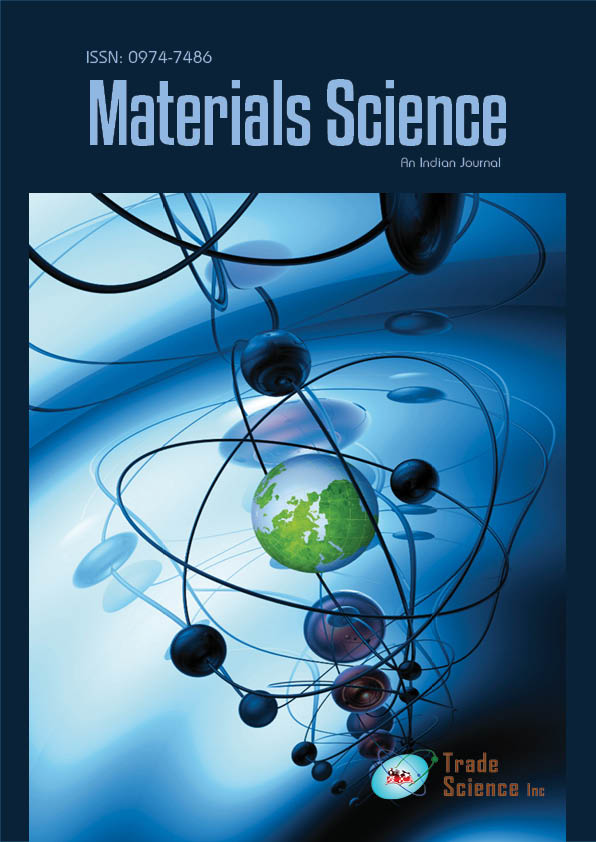抽象的
Evaluation of Stress Intensity Factors of Different Materials: A Finite Element Approach
Chittibabu V, Santa Rao K, Govinda P and Babu MVS
Fracture toughness is an indication of amount of stress required to propagate a preexisting flaw. It is very important material property since the occurrence of flaws is not completely avoidable in the processing, fabrication, or service of a component. Flaws may appear as cracks, voids, and weld defects, etc. Engineers can never be totally sure that a material is flaw free, it is common practice to assume that a flow of some chosen size will be present in some number of components and use the Linear Elastic Fracture Mechanics (LEFM) approach to design critical components. This approach uses the flaw size and features, component geometry, loading conditions and the material property called fracture toughness to evaluate the ability of a component containing a flaw to resist fracture. This paper presents K1C fracture toughness works well for very high strength materials exhibiting brittle fracture. Linear Elastic Fracture Mechanics has been applied to different materials. The Linear elastic fracture parameters i.e., Stress Intensity Factor has been determined using ANSYS for different materials like maraging steels, 2024-T3 Al alloy, Ti-6Al-4V, Al 7075-T651.
